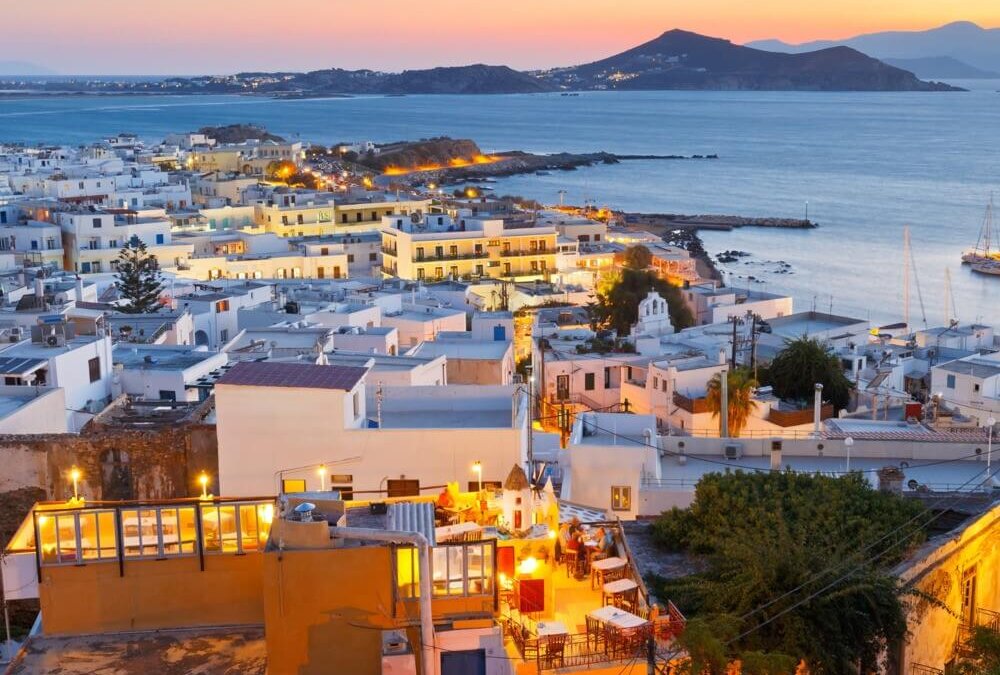Europe is a continent rich with destinations that have captured the hearts of travelers. However, beyond the usual tourist hotspots, there are countless lesser-known locales waiting to be explored. This blog aims to shed light on these overlooked treasures, offering a fresh perspective on European travel.
I’ll guide you through a selection of unique places that offer all the charm and beauty of their more famous counterparts but without the crowds. From the lush landscapes of the Açores in Portugal to the historic streets of Montenegro, these destinations provide a more intimate and authentic travel experience.
In case you need expert help planning a trip to any of these destinations, check out my personal travel services here.
1. Açores Instead of Madeira
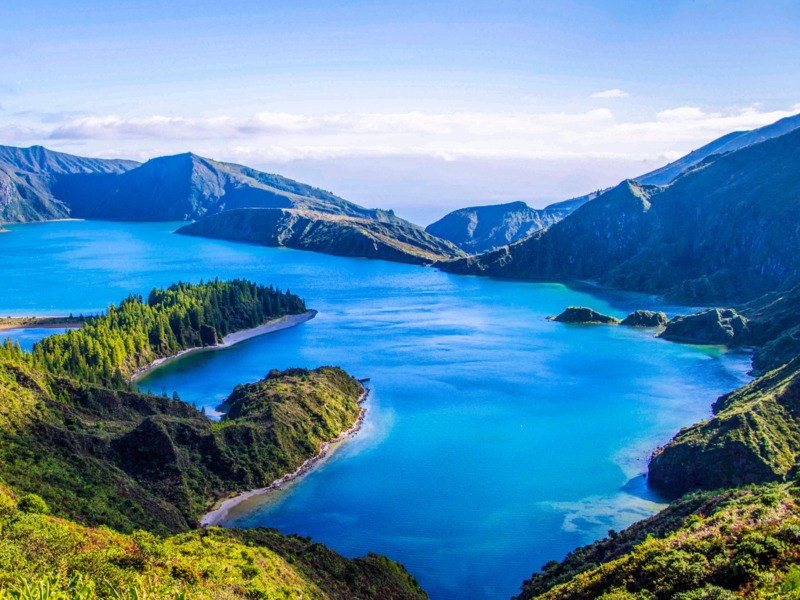
When it comes to selecting a unique Portuguese island destination, the Açores offer a compelling alternative to the popular Madeira. While Madeira is known for its lush, volcanic landscapes and charming city of Funchal, the Açores archipelago invites the more adventurous spirits to discover its diverse and untamed beauty.
The Açores are an archipelago of nine distinct islands, each with its own personality and allure. Unlike Madeira, which is primarily one main island, the Açores provide an opportunity for island-hopping, allowing travelers to experience a variety of landscapes, from the green pastures of São Miguel to the vineyards of Pico.
The Açores are less about the typical tourist experience and more about immersion in nature. Here, you can find yourself hiking to breathtaking waterfalls, soaking in natural hot springs, and enjoying the serene beaches without the crowds often found in Madeira. The Açores are also a haven for wildlife enthusiasts, offering some of the best whale watching in the world.
The culture in the Açores is deeply rooted in its maritime history and volcanic origins. The local cuisine reflects this, with a focus on fresh seafood and dishes cooked with geothermal heat. The cultural festivals here are vibrant yet intimate, providing a glimpse into the traditions that have shaped these islands for centuries.
Related: Portugal’s Top Travel Destinations
2. Montenegro Instead of Croatia
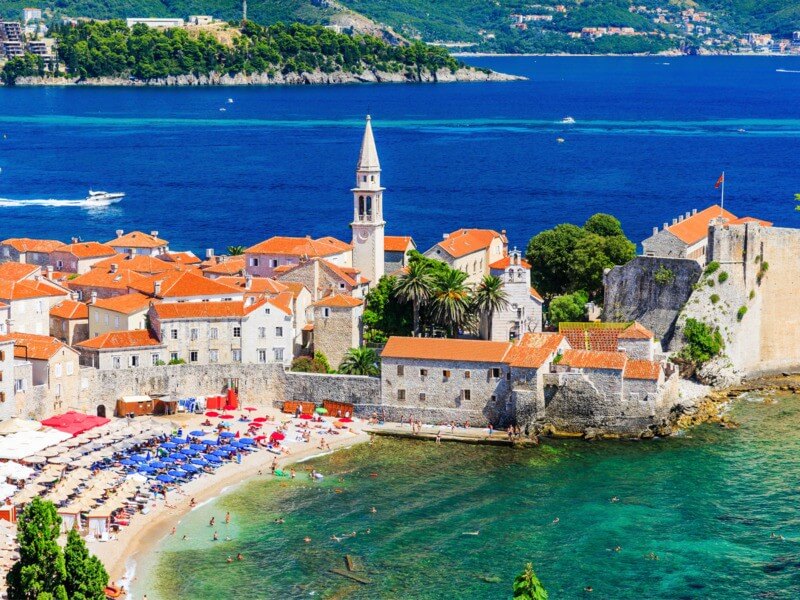
Montenegro may not have the same immediate recognition as Croatia, but it stands on its own as a destination with a wealth of natural and historical sites. Montenegro’s appeal lies in its combination of natural beauty and layers of history, all accessible without the dense crowds of more famous destinations like Croatia’s coastal cities of Split and Dubrovnik. It’s a place where you can enjoy the Mediterranean atmosphere in a more relaxed setting.
The Bay of Kotor, often compared to a fjord, offers stunning views and is perfect for peaceful boat rides. For the adventurous, Durmitor National Park’s UNESCO-listed landscapes await, with trails leading to the impressive peak of Bobotov Kuk. Kitesurfing enthusiasts will find their haven in Ada Bojana, known for its favorable winds. The historical depth of Montenegro is showcased in the Old Town of Kotor, a UNESCO World Heritage Site with medieval architecture and fortifications. The Church of Our Lady of the Rocks in Perast and the Roman mosaics in Risan offer glimpses into the region’s past. You can climb the fortress in Kotor for breathtaking bay views, explore Lovćen National Park and its mausoleum, or enjoy a boat tour on Lake Skadar, surrounded by a rich ecosystem.
3. Jura Region Instead of Rhône Valley
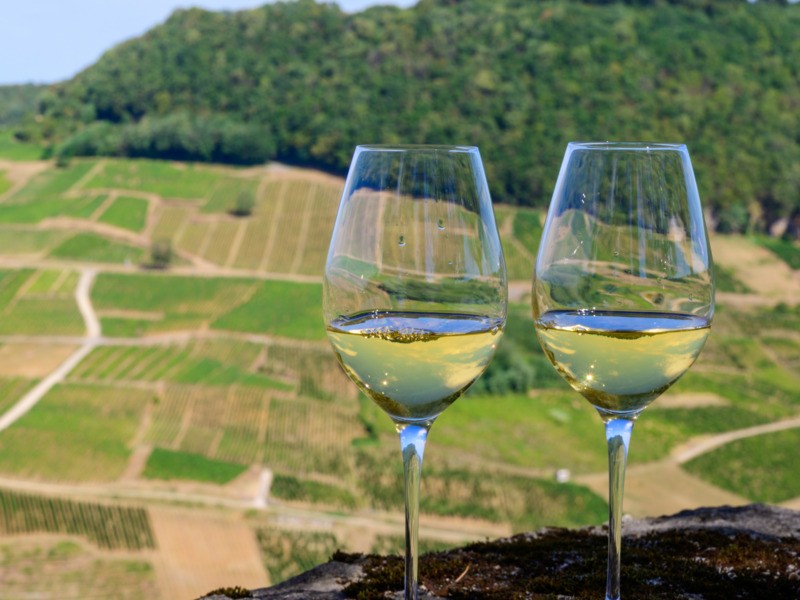
The Jura region, nestled between Burgundy and Switzerland, is a sanctuary for those who appreciate the subtleties of fine wine and the tranquility of unspoiled landscapes. This area offers a compelling alternative to the Rhône Valley with its unique wines and picturesque vistas.
Jura’s winemaking tradition stretches back to Roman times, focusing on old grape varieties and oxidative techniques. The region is renowned for its Vin Jaune, a distinctive wine that shares some similarities with Sherry, aged under a layer of yeast. The region also produces Vin de Paille, a sweet wine made from dried grapes, and Macvin du Jura, a fortified wine. The primary grapes used here are Chardonnay, Savagnin for whites, and Poulsard, Trousseau, and Pinot Noir for reds. The wines from Jura are known for their strong character and are a must-try if you are interested in expanding your wine palate beyond the well-known wine regions of France. For activities, visitors can embark on the Jura Wine Route to explore the vineyards and taste the local wines. Hiking enthusiasts will find a variety of trails, such as the Chemin du Jura, offering stunning views of the countryside. The region is also rich in history, with charming villages like Château-Chalon and Baume-les-Messieurs, which are worth exploring for their cultural heritage.
4. Naxos Instead of Santorini
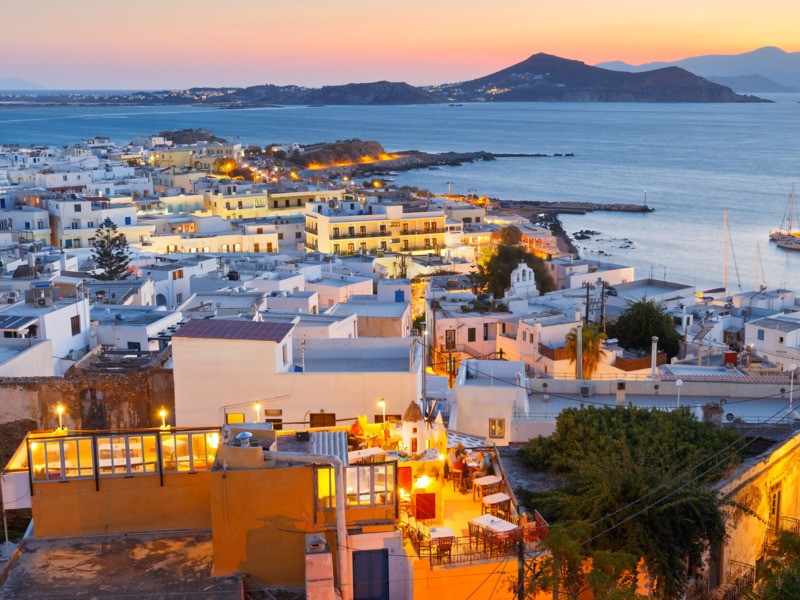
Naxos, the largest of the Cyclades islands, offers a refreshing alternative to the often crowded Santorini. With its long stretches of sandy beaches, significant historical sites, and rich local cuisine, Naxos presents a more authentic slice of Greek island life.
Naxos boasts some of the most beautiful beaches in the Aegean, such as Plaka, Agios Prokopios, Aliko, and Agia Anna. These beaches are known for their clear waters and golden sands, providing perfect spots for relaxation and water sports.
The island’s history is visible through its ancient ruins. The most iconic is the Portara, a massive marble gateway that stands as the entrance to an unfinished temple of Apollo from the 6th century BC. It’s particularly famous for its stunning sunset views. For even more amazing views, venture into the trails to Mount Zas, the highest peak in the Cyclades.
Naxos’s cuisine is also a delight, with dishes that often incorporate fresh, local ingredients. Specialties include cheese like the Naxian Graviera, potatoes, and Kitron, a local citrus liqueur. Tavernas across the island serve up these delicious offerings, providing a true taste of
Naxos is a destination that combines the best of Greek island life — stunning nature, rich history, and delicious food — all without the crowds of more famous neighbors.
Related: Your Guide to Traditional Greek Cuisine
5. Bodø Instead of Oslo
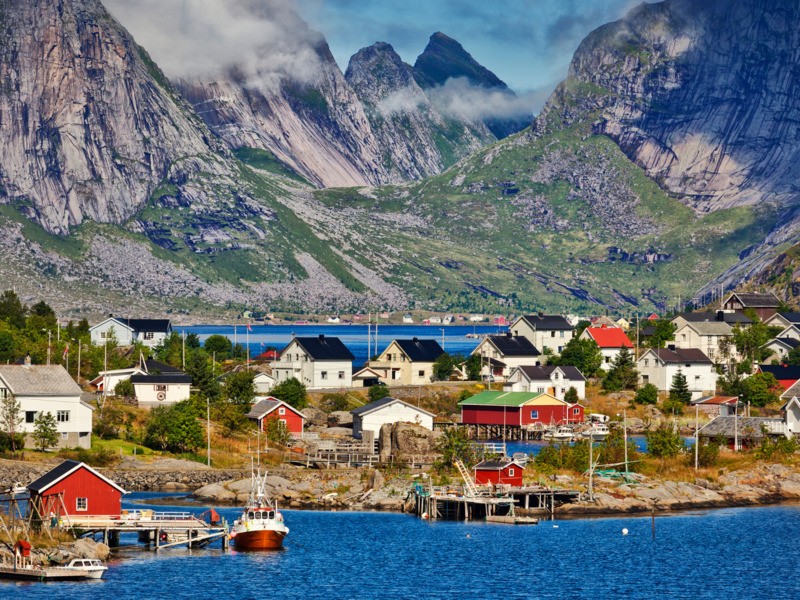
Bodø, located above the Arctic Circle, offers a stark contrast to Oslo’s urban setting with its raw natural beauty and unique attractions. It’s a city where nature’s forces are on full display, and adventure awaits at every turn.
A great example of this is the Saltstraumen maelstrom, one of the world’s strongest tidal currents, creating powerful whirlpools and eddies. This natural phenomenon occurs four times a day and can be experienced up close by RIB boat. For those interested in marine life, the area is also a paradise for sea fishing and diving, thanks to the rich biodiversity brought about by the tidal currents.
Bodø also provides an excellent backdrop for one of nature’s most spectacular displays: the Northern Lights. The best time to witness this mesmerizing light show is from September to April, on dark, clear evenings. Popular viewing spots include Mount Rønvik and the north side of Bodø, where the lights reflect beautifully over the Landegode mountains.
For a change of pace, the Norwegian Aviation Museum in Bodø is a must-visit. It’s among the largest aviation museums in Europe, showcasing both military and civil aviation history. Highlights include iconic aircraft like the U-2 spy plane and the Starfighter, and visitors can even try their hand at flying in a flight simulator.
6. Salina Instead of Sicily
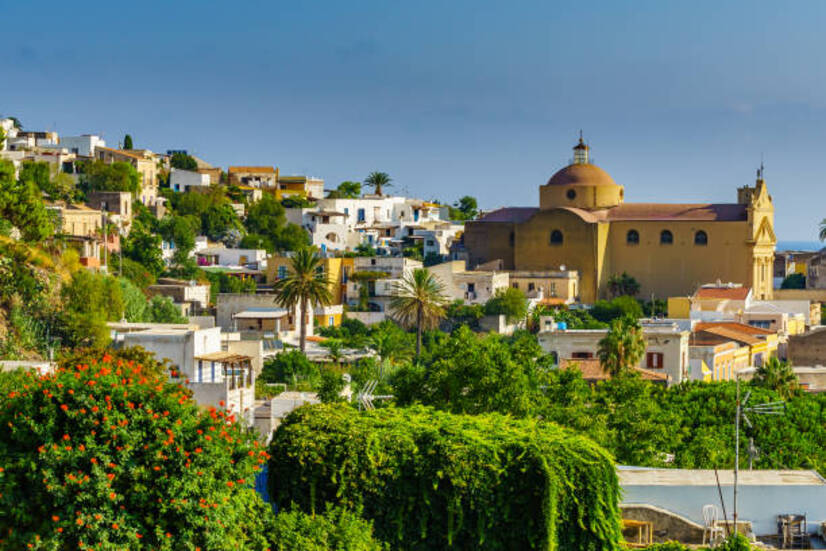
Church Santa Marina Salina aeolian islands, Sicily
Awarded the title of the most beautiful island in Italy by CNN in 2019, Salina is a destination that captivates with its lush landscapes, cultural heritage, and the simple pleasures of island life.
This island is home to charming villages such as **Malfa**, **Leni**, and **Santa Marina**. Malfa, in particular, is a tranquil village on the north coast, with a maze-like layout of alleyways, pastel-colored houses, and vibrant bougainvillea. It’s a place where one can wander and stumble upon new discoveries at every turn.
The island’s lush and green Aeolian archipelago is covered in wild capers and vines heavy with grapes for sweet Malvasia wine. The landscape is a patchwork of olive trees, vineyards, and the famous capers of Salina, recognized as a Slow Food Presidium.
The pebbly Lingua Beach provides clear, calm waters for a serene beach experience, framed by dramatic volcanic cliffs. For the active traveler, Salina’s hiking trails offer stunning vistas, particularly the path leading to Monte Fossa delle Felci, the island’s highest point. A visit to Pollara Beach, a natural amphitheater formed by the partial collapse of a volcanic crater and filming location for Il Postino, is worth a visit. Although the beach has diminished over the years, it remains a spectacular site for enjoying one of the most beautiful sunsets in the Aeolian Islands.
Related:
Final Thoughts
These destinations are not just alternatives to their more famous counterparts; they are choices for the discerning traveler seeking authenticity, beauty, and a connection with local cultures and landscapes. As you plan your next European adventure, consider these hidden gems. Let them inspire you to explore the paths less taken, to find joy in the unexpected, and to embrace the diversity that Europe has to offer.
And if you’re looking for a personal guide to help navigate these enchanting locales, look no further. As your personal travel advisor, I am here to tailor your journey to your preferences, ensuring that your travel experience is as unique as the destinations themselves. Together, we can craft an itinerary that goes beyond the ordinary and actually resonates with your adventurous spirit and personal tastes. Get in touch today for a complimentary discovery call!

